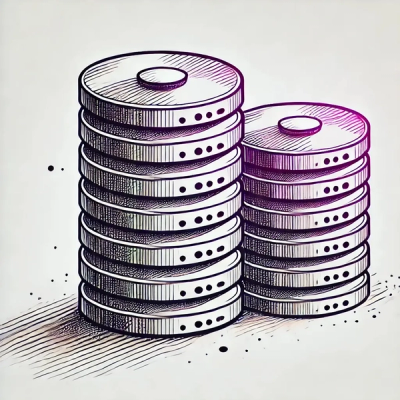
Product
Introducing Tier 1 Reachability: Precision CVE Triage for Enterprise Teams
Socket’s new Tier 1 Reachability filters out up to 80% of irrelevant CVEs, so security teams can focus on the vulnerabilities that matter.
@remote.it/core
Advanced tools
Core remote.it Typescript library and companion cross-platform command line interface (CLI)
The remote.it CLI (and associated JavaScript/TypeScript library) provide a simple and intuitive way to manage your remote.it devices (targets), services and connections (initiators). This library is used in our cross-platform Desktop and Mobile applications as well.
The core of the remote.it CLI is the config.json file. This file stores all information about the current system's target, services and initiators.
If the config file changes for any reason (the CLI changes it, you change it manually, etc), the system service running for remote.it will compare the change with the currently running target/services/initiators and manage them accordingly. That means if a new service is added to the config, it will automatically be run as a system service by the watcher. If one is stopped or removed, it will also be changed automatically.
Generally speaking, you should not touch the config file directly unless you are doing bulk deployments/scripting with the file. Otherwise, just use the CLI or Desktop application to manage your configuration.
The default path for the config file for each operating system is:
C:\remoteit\config.json~/.remoteit/config.json~/.remoteit/config.jsonHere is what a sample config file looks like:
{
"target": {
"hostname": "127.0.0.1",
"multiport": true,
"port": 65535,
"name": "My Laptop",
"secret": "...",
"uid": "80:00:00:00:00:00:00:00",
"services": [
{
"port": 3000,
"name": "My Laptop - HTTP",
"secret": "...",
"type": "http",
"uid": "80:00:00:00:00:00:00:01"
}
]
},
"initiators": [
{
"autoStart": true,
"uid": "80:00:00:00:00:00:00:02",
"port": 33000,
"hostname": "127.0.0.1",
"name": "My AWS Server",
"type": 40
}
],
"user": {
"username": "user@example.com",
"authHash": "..."
}
}
npm install --save @remote.it/core
import { API, Device, ServiceTypes } from '@remote.it/core'
// Set your authentication token for API requests
API.token = token
// Register a device
const device = await Device.register('My Device Name')
console.log('UID:', device.uid)
console.log('secret:', device.secret)
// Add a service:
await device.addService(ServiceTypes.http, 3000)
To generate Windows, Mac and Linux executables, run:
npm run package
The entry point for the executables is bin/remoteit which can also be run by typing:
npm run build
./bin/remoteit -h
FAQs
Core remote.it JavasScript/TypeScript library
We found that @remote.it/core demonstrated a not healthy version release cadence and project activity because the last version was released a year ago. It has 5 open source maintainers collaborating on the project.
Did you know?

Socket for GitHub automatically highlights issues in each pull request and monitors the health of all your open source dependencies. Discover the contents of your packages and block harmful activity before you install or update your dependencies.

Product
Socket’s new Tier 1 Reachability filters out up to 80% of irrelevant CVEs, so security teams can focus on the vulnerabilities that matter.

Research
/Security News
Ongoing npm supply chain attack spreads to DuckDB: multiple packages compromised with the same wallet-drainer malware.

Security News
The MCP Steering Committee has launched the official MCP Registry in preview, a central hub for discovering and publishing MCP servers.